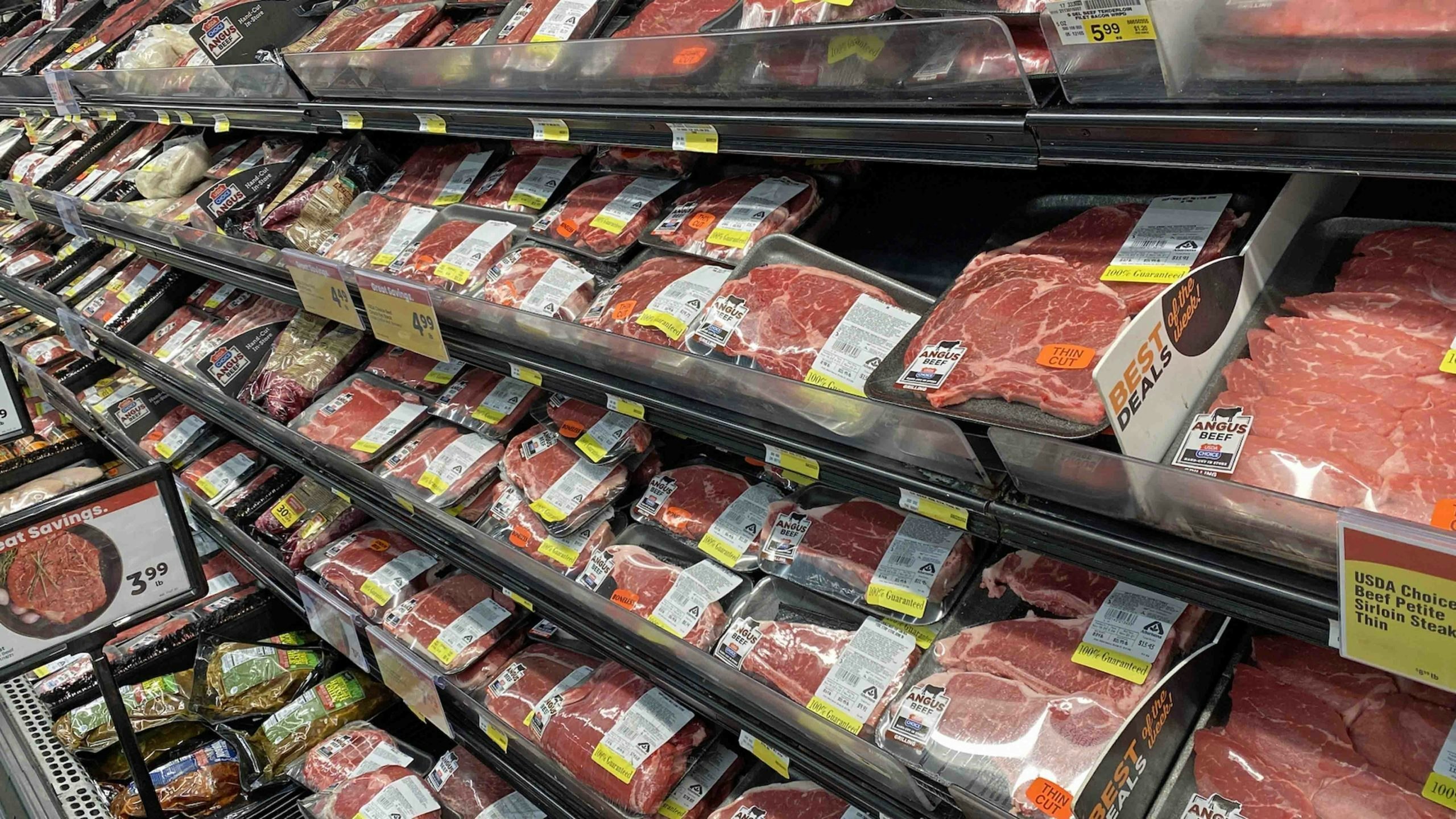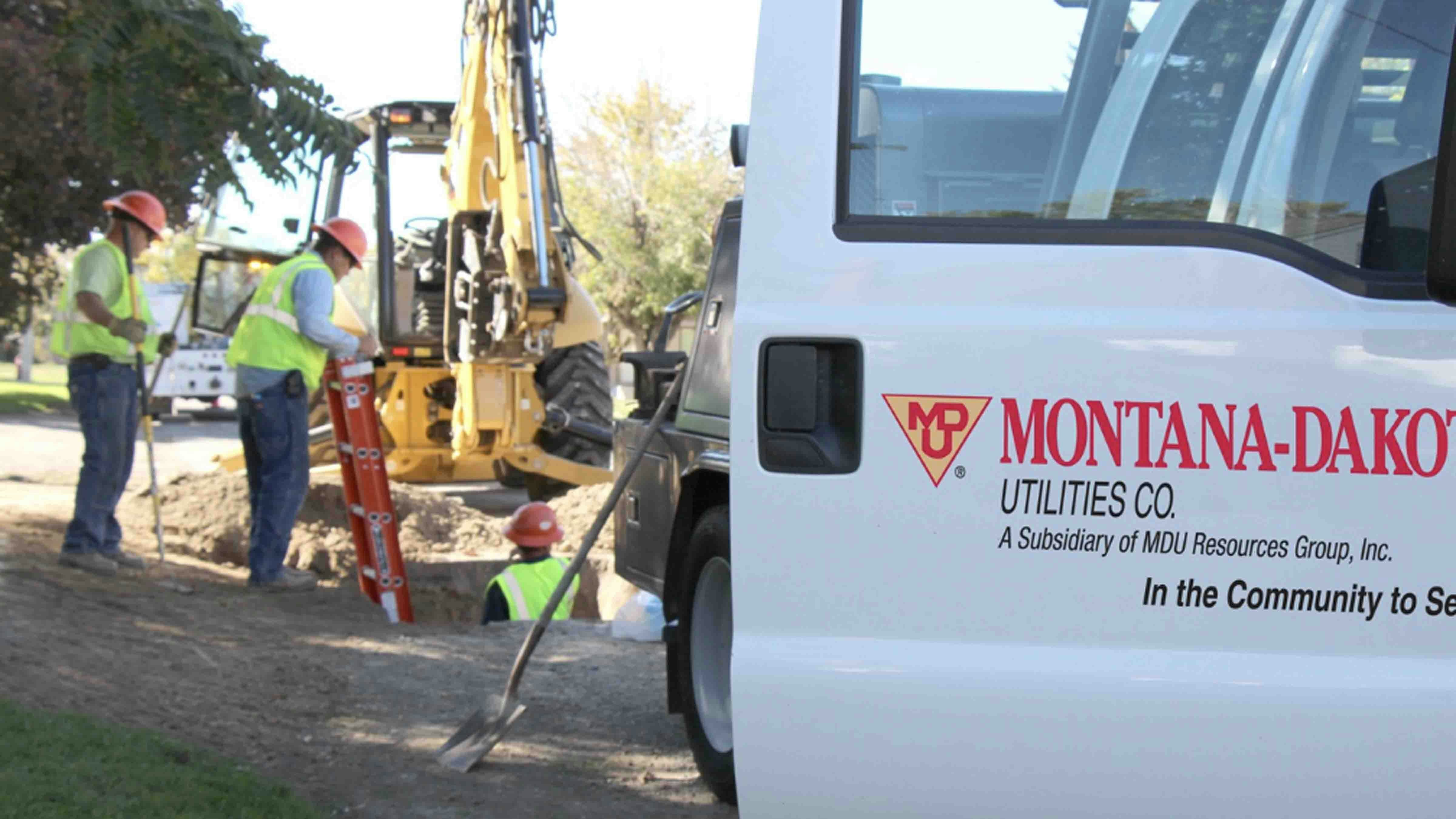By Renée Jean, Tourism and Business Reporter
renee@cowboystatedaily.com
Inflation is still smoldering underneath our nation’s economy, like a Wyoming coal seam that’s caught fire underground and just doesn’t want to go out.
That fire, as it happens, is burning even hotter in Wyoming and other Mountain States, according to a Thursday report from the federal Bureau of Labor Statistics that shows a 9.6% rise in the Consumer Price Index through September. That compares to a national increase of 8.2% and 0.4% growth month over month.
Even though gas prices have ease a bit based on the latest CPI report, core consumer prices – less food and fuel – have risen 6.6%. That’s much more than expected and a 40-year high.
The report means the Federal Reserve is expected to substantially raise interest rates again when it meets in three weeks. That will bump interest rates for credit cards and mortgage rates. Savers, on the other hand, will see better rates.
Wyoming Inflation
Amy Bittner is the principal economist for the Wyoming Economics Analysis Division, which prepares a twice-annual cost-of-living index.
Her next report for Wyoming is due in a couple of weeks and will include some of the most recent CPI numbers, she told Cowboy State Daily.
“We actually collect data in cities and towns in Wyoming,” she said. “Ours is done the second and fourth quarters. (The next report) will reflect how conditions were in the second quarter of 2022 compared to a year prior.”
Thursday’s national report on the CPI probably didn’t really surprise anyone, she said.
“(Inflation) is one of those things that everybody’s experiencing,” Bittner said. “I think consumers, Wyoming consumers, when they’re going to the store, they can already see what’s happening with higher prices.”
The pressure on prices also has changed the way people shop, Bittner said.
“Maybe you purchase more generic stuff at lower costs,” she said. “Maybe you aren’t purchasing things, or maybe you aren’t going out to eat.”
Bittner reports making a few changes in her own shopping habits because of inflation.
“I used to go to the grocery store weekly,” she said. “But I’ve been trying to only go like a couple of times a month just to, you know, maybe not be as bummed out.”
No Signs Of Recession
Turning up interest rates generally helps tame heat in the economy by cooling off overall buying power, decreasing the demand for goods and services. Credit card rates rise, so consumers put off some purchases. Mortgage rates also rise, turning down demand there as well.
For savers, it means better rates. And, to the extent that encourages more savers, that also helps tame inflation a bit.
The danger in the approach is that turning the dial down too much is a lot like tapping the brakes on an icy highway – there’s a danger of a tailspin.
Some economists have suggested the economy is already in a recessionary tailspin, but others point out that supply shortages and a strong labor market tend to suggest we’re not there quite yet.
Bittner isn’t sure she’s seeing any signs of a Wyoming recession.
“You know, typically when you have a recession, you have lots of people being laid off,” she said. “You have a pretty high unemployment rate. We aren’t seeing that yet. There’s still jobs out there for people who want them.”
But inflation is still a drag on the economy.
“People are getting a little bummed out always having to pay these really high prices,” she said. “It’s a hot topic for people to read about in the news because it affects everybody.”
One Silver Lining
While the CPI report overall is disappointing, there is one aspect that could be considered a silver lining for older people. Social Security benefits are expected to rise 8.7% in 2023, based on the cost-of-living adjustment that is calculated based on CPI.
If realized, that will be the largest increase in four decades and impacts roughly 70 million Americans who are generally living with fixed incomes.
On average, it is estimated that monthly checks will rise by $140. Medicare premiums also will decrease as Social Security checks increase.





